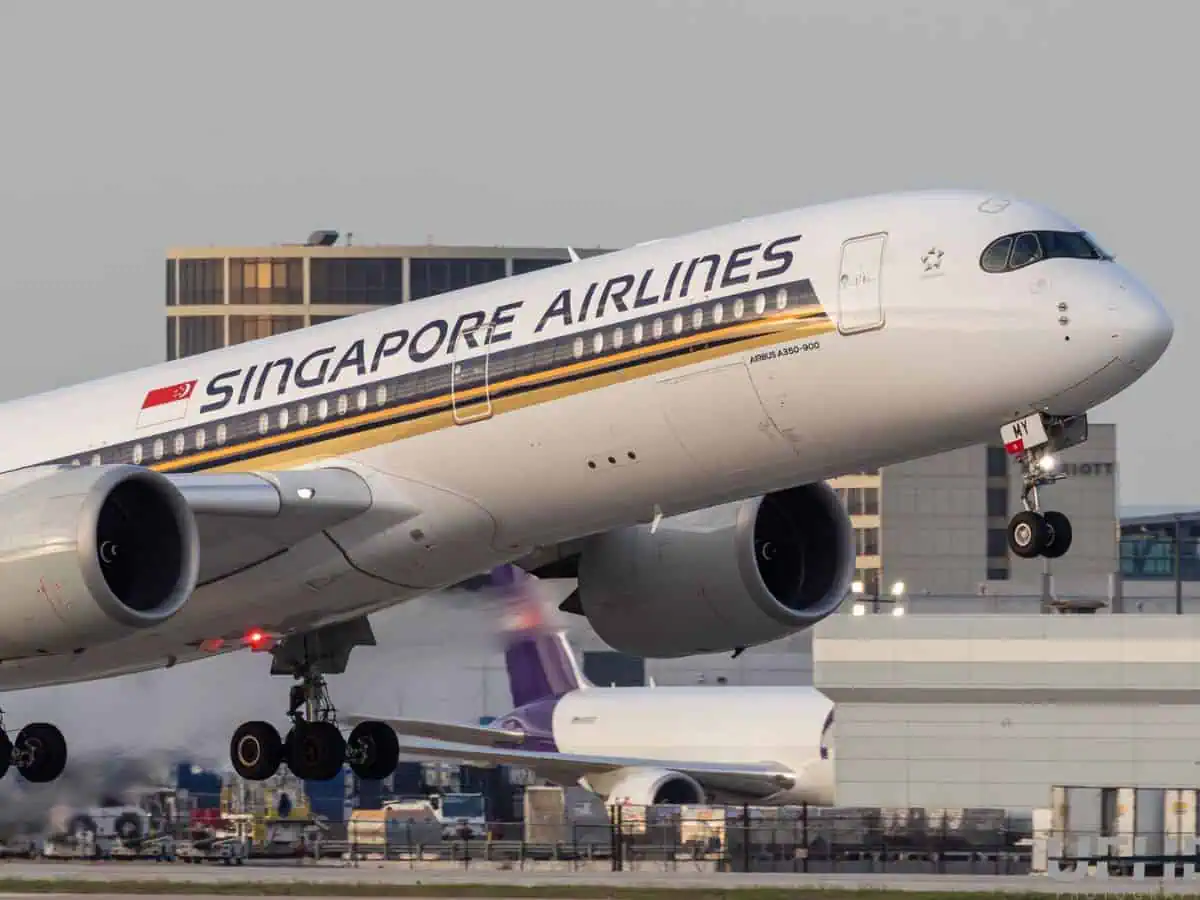
Compensation is provided by Singapore Airlines for flight affected by turbulence
According to the airline on Tuesday, Singapore Airlines (SIAL.SI), opens new tab, has sent compensation offers to customers on a trip from London to Singapore last month that experienced extreme turbulence, resulting in dozens of injuries and one fatality.
According to the statement, passengers with mild injuries have been paid $10,000, and those with catastrophic injuries can talk about offers tailored to their requirements.
“An advance payment of $25,000 to address their immediate needs is offered to passengers who are medically assessed as having sustained serious injuries, required long-term medical care, and requested financial assistance,” the airline stated. This payment will be included in any ultimate settlement.
According to the airline, 11 passengers are still receiving medical attention in Bangkok hospitals three weeks after the trip on May 20.
After experiencing what the airline described as abrupt, severe turbulence while flying over Myanmar, flight SQ321 suffered dozens of injuries and the death of a 73-year-old passenger from a suspected heart attack. It veered to Bangkok, the capital city of Thailand.
According to passengers, crew members and unbuckled individuals slammed into the cabin ceiling, shattering it in several spots, after leaving the floor or their seats. According to a hospital in Bangkok that treats travelers, there were injuries to the brain, spinal cord, and skull.
In accordance with the rules governing tickets issued by the European Union or the United Kingdom, Singapore Airlines promised to reimburse travelers for their travel expenses and make up for any delays.
Regardless of whether they were at fault, airlines are held accountable for bodily harm resulting from turbulence-related incidents on international flights under the terms of the Montreal Convention, an international accord.
In the event that customers file a lawsuit, the airline cannot fight damages up to approximately $175,000; however, attorneys argue that if higher damages are requested, Singapore Airlines may attempt to restrict liability by demonstrating that it took all reasonable precautions to avoid the turbulence.
Reuters has learned that Allianz (ALVG.DE), opens new tab, is the aircraft’s primary insurer from anonymous sources.
According to the Association of British Insurers, following the incident, individuals’ travel insurance plans will likely cover injuries caused by airplane turbulence, however specific policies may differ.
Attorney Peter Carter handles travel claims, and he said that his Australian firm, Carter Capner Law, is keeping a careful eye on any information that accident reports may contain regarding the kind of turbulence and whether or not pilots could have avoided it.
Singapore Airlines’ stock dropped 0.4% on Tuesday. Since the incident on May 20, the stock has not changed significantly.
REASON FOR TURBULENCE
According to a preliminary investigation from Singapore’s Transport Ministry, passengers and crew most likely became airborne due to a sudden shift in gravitational pull and a 54 m (177 ft) drop in altitude.
“Developing convective activity” is a term used to describe the beginnings of inclement weather, and it was likely the plane that was flying over this location.
The most frequent source of turbulence is storm-initiating unstable weather patterns, which weather radar can identify and help pilots avoid by flying around possible spots.
Even in the absence of clouds, clear air turbulence is a different kind that causes an abrupt and intense whirl. Predicting such undetectable pockets of air is difficult.
The flight carried 211 passengers, including a large number of Australians, Britons, and Singaporeans, in addition to 18 crew members.
The incident brought attention to airline policies about seatbelt use. Under normal cruise conditions, airlines normally permit passengers to take off their seatbelts, although they nevertheless advise them to remain on.
Major accidents have not occurred for Singapore Airlines in recent years, despite the airline being widely acknowledged as one of the best in the world and a model for most of the industry.
Jason Sum, an analyst with DBS bank in Singapore, stated that the bank’s perspective on the airline has not changed as a result of the turbulence episode.
“As long as the public’s perception of the airline’s safety standards and customer sentiment remain intact, we anticipate limited negative impact,” he told Reuters on Tuesday. He also said the airline’s crisis handling has been “exemplary.”
All Categories
Recent Posts
Tags
+13162306000
zoneyetu@yahoo.com



